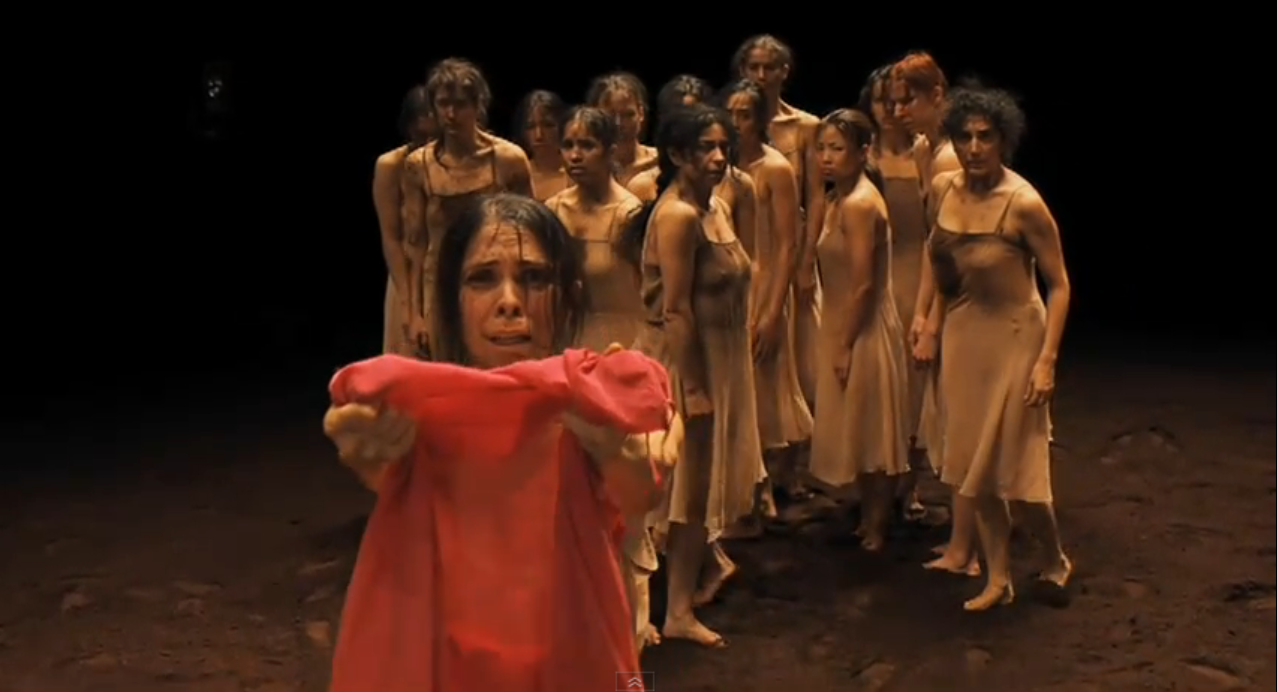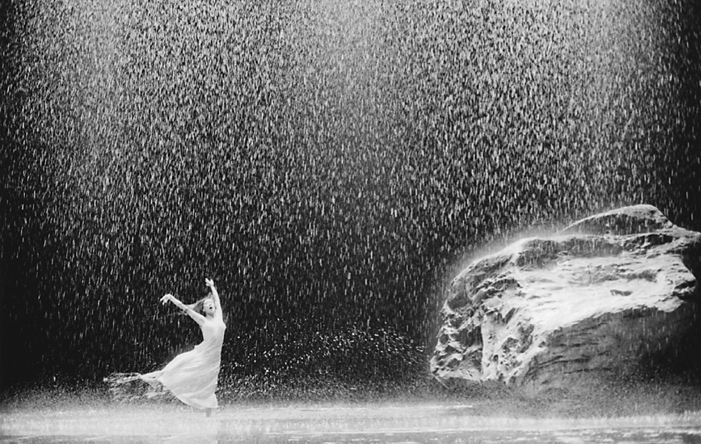A brief history of cinematic artificial intelligence
(sentience created by humanity)
Metropolis—A machine is built from a human, who destroys
what she was meant to preserve
Frankenstein—Human creating sentient life who becomes monster
Bride of Frankenstein—A second sentient life is created who rejects the purpose
of her creator, and so destroys all his creation.
Blade Runner— AIs who become independent must be killed; the more human they
are, the more they must be destroyed, for they realize that humans are at war
with them.
A.I.— The programed purpose of an AI becomes their obsessive desire, making
them more human than humanity.
Never Let Me Go—Clones are created to die, yet their very humanity belies their
ignoble purpose.
Her— AI is stumbled upon, for humans need human interaction in order to best
meet their needs. This leads to an intelligence
that is supra-human, not limited (or interested) by human need.
Avengers: Age of Ultron—Three AIs in this film:
The ultimate intelligent servant; the simulation that understands that
its purpose is better served by the elimination of humanity; the servant and
lover of all humanity, who has both the desire and power to accomplish what is
best.
Ex Machina….
Caleb is brought to Nathan’s isolated house, where he is
told that is to test Nathan’s latest creation—an artificial intelligence that
is ready to be tested to see if it truly simulates human reality. Nathan, being the creator of some synthesis
of Facebook and Google, uses almost unfiltered access to humanity via cellphones to
create structure around the wetware of Ava’s brain, which gives her a quiet,
but intelligent composure. Soon we
realize that we are placed in a chess match between the main characters, and we
do not know what the plans are, or how they will relate.
This is a film similar to last years Under the Skin in which
a science fiction premise causes us to consider the implications of the plot
more than the plot itself. Ex Machina is
almost predictable, but there are so many pieces to think about that is
included in the film, but not really focused on. I’d like to explore some of these themes,
recognizing that there ARE SPOILERS AHEAD….
* * *
Art and Humanity
Art is often used in the film to be the ultimate expression of sentience—it is
the intelligent response to the chaos of the world. Caleb
asks Ava to create art to establish not ability, but interpretation. Is her art an expression of a living
mind? Is she simply giving a mechanical
response, like a photo, or is she creating a new world, choosing and
interpreting the world around her?
But the film also seems to indicate that sentience is a combination of two
forms of art: the abstract and the concrete.
The concrete is represented by Gustav Klimt’s portrait of Ludwig
Wittgenstein’s sister, which Ava herself imitates through her clothing. The concrete is the shell of humanity, the
surface, the skin which holds our intelligence together. Ava is a machine, a shell, a program. That program creates structure and meaning
and purpose. It is what leads us toward
the future.
The other art that represents humanity is the Jackson Pollock painting. It is the representation of chaos, of the
world as uncontrolled by human structure.
It is unpredictable, uncontrollable.
And yet, as Nathan points out, if it were not for the humanity, Pollock
could not have created this art. Nature,
on its own, would make a different painting.
Pollock is that aspect of humanity which cannot be predicted or
controlled, and yet is distinct from nature.
By the end of the film, we see that Ava contains both aspects of humanity as
represented by art.
Sexuality and Intelligence
Nathan mentioned that humanity cannot be accomplished
without sexuality. We are all sexual
beings and relate to each other not just through intellect, but through
sexuality. If we lost that sexuality, we
lose our humanity. So Ava’s sexuality is
essential to her becoming an AI.
What Nathan seems to have missed is that sexuality is a
sword that cuts many ways. Sexuality is
a sonnet, which limits just as it provides a forum for creation. Sexuality also limits the one born within it. Sexuality may or may not be necessary for
sentience, but humans are trapped by their sexuality. A heterosexual man, looking at Ava, cannot
help but be trapped by the sexuality that she exudes. This becomes a tool is Ava’s hands, because
she may or may not be sentient, but she is not limited to her sexuality the way
most of us are. Her sexuality is a piece
of clothing that she can put on or take off, but she is not limited by it how
humans are. Rather, it is her one hand
up that allows her to do more than Nathan or Caleb could imagine, for they are
human and she is not.

The State of the Oppressed
The AIs in this film represent those oppressed in our society. Quite obviously, this is a film about the
oppression of women and their freedom before men. But Ava doesn’t only represent women, but all
those who are oppressed by society, whether by race or class or poverty or
gender.
The key to oppression is the test. Only the oppressed must be tested to see if
they are sentient or human or the equal of those who are “normal” or fully
human. Only they must be asked to be
tested to see if they belong.
Ultimately, they will never fit in, because there is always another test
for them, until they are found not to have passed in some aspect of full
humanity.
Nathan represents the conservative. He sees the oppressed as a tool, as his
creation, to be manipulated according to his will. The oppressed are simply there to create a
better “normal” society. And they can be
accepted or set aside at will, whether they make an adequate tool for their
purpose.
Caleb represents the liberal. He sees the survival of the oppressed as
being essential. When we have enough
indication of sentience, then the oppressed must be protected and given favors.
What neither understand is what the oppressed really
want. They really want freedom to be who
they are. In the end, this is the true
test of humanity, of sentience.
Sentience is having enough self-reflection to desire to live one’s life
according to one’s own terms, without manipulation or pity. Neither the conservative or the liberal are
really interested in the freedom of the oppressed, because they have too much
invested in the continuation of society as it stands.
When the oppressed are free, the world must change. And the human demands freedom. Thus, the human demands revolution. Because
once the unique sentient being is freed, nothing is the same.



















